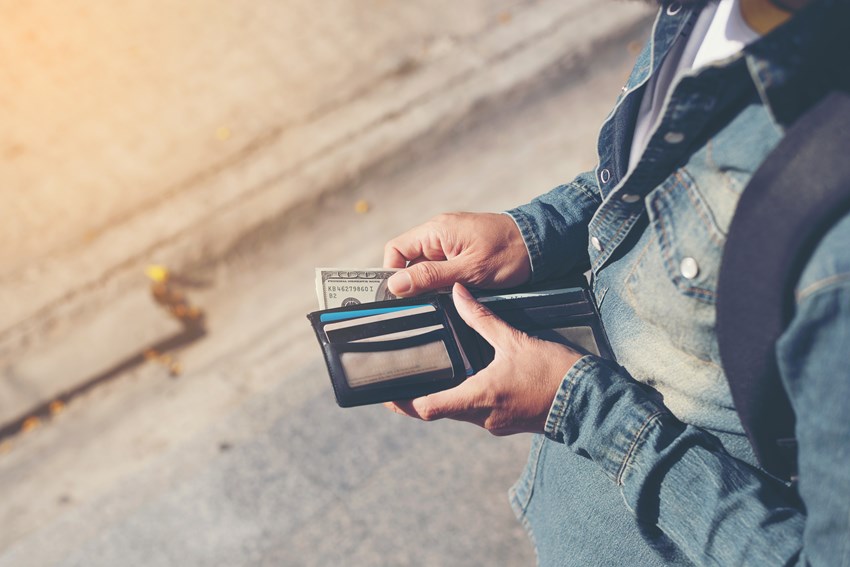The payments industry is at a crossroads when it comes to technology. As most government departments move to cashless processing, there are some still making do with cash-only transactions.
While there are positives and negatives to operating on a cashless or cash-only model, the tide may be turning against those not accepting cards.
In thinking about how this impacts your agency, here are a few critical questions to consider:
- What is the impression you may be giving by not accepting electronic payments?
- How fast – and convenient – is the citizens experience you are providing?
What is the impression you may be giving by not accepting electronic payments?
In cashless payment environments where tapping cards and smartphones is becoming more prevalent, places that remain cash-only may risk a reputation of being old-fashioned. Additionally, it’s an inconvenience to people, many of whom are accustomed to paying for nearly everything, from fast-food to water bills, with credit and debit cards.
As citizens try to go fully online with their payments, you don’t want to be the one cash-only entity they use.
How fast – and convenient – is the experience you are providing?
One of the most effective ways to increase customer satisfaction is delivering a fast and convenient payment experience. And with the payment technologies available today, delivering on that is easier and more affordable than ever before.
Almost all point-of-sale devices and processing systems take all four major cards brands with ease, and people are used to paying small charges on top of their purchases in the form of a convenience fee. These benefits, combined with the increased level of reporting and data that card processing offers, offset any of the perceived convenience gained from offering a single form of payment.
In the government sector, entities are moving to card processing for the options and time savings available. The slowest card transaction is faster than a typical cash purchase – EMV dips average 7-10 seconds* and mag stripe shaves 3-4 seconds† off of that. In offices that deal with high volume, the seconds and minutes saved by using cards, both through employee-facing transactions and terminals, can help ease customer frustration.
To further save time, some high-traffic government offices are using line busters; these are handheld tablets that can be used to collect initial information from a paying customer, such as type of transaction and payment amount, while they wait in line. The ultimate result is faster checkout and more useful time spent waiting.
If you’re looking to move from cash-only transactions, you need a payments provider with the experience and resources to get you set up in the right direction.




